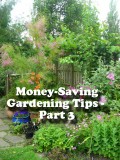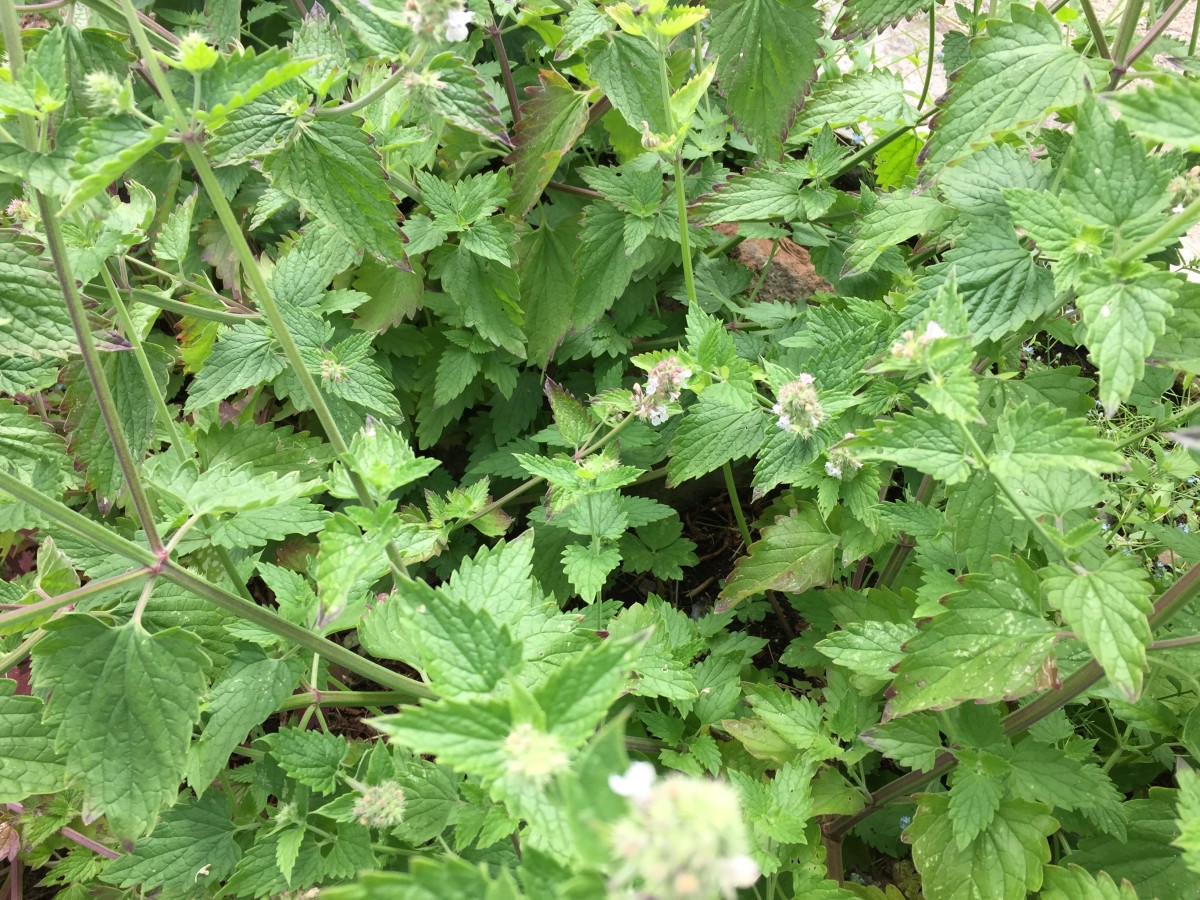Gardening Tips And Where To Find Them
Flowers, Fruits, and Furrows.......
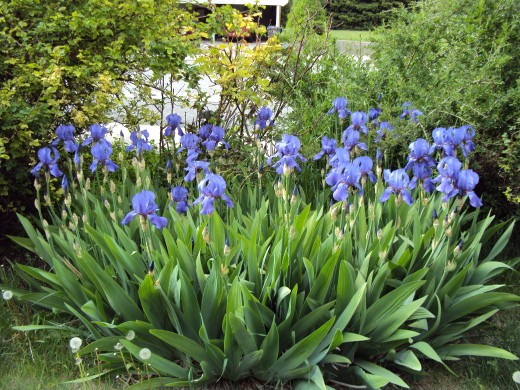
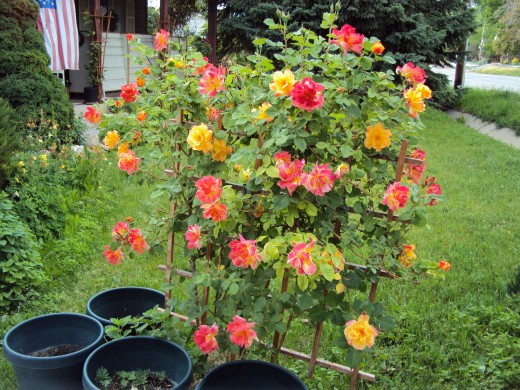
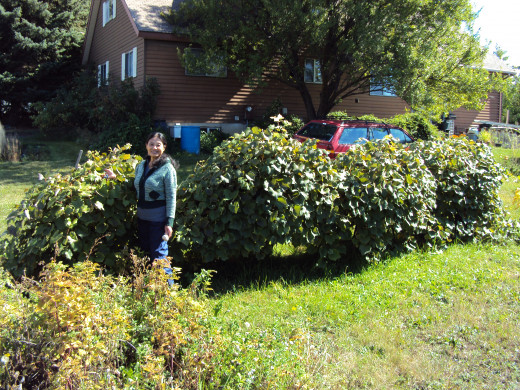
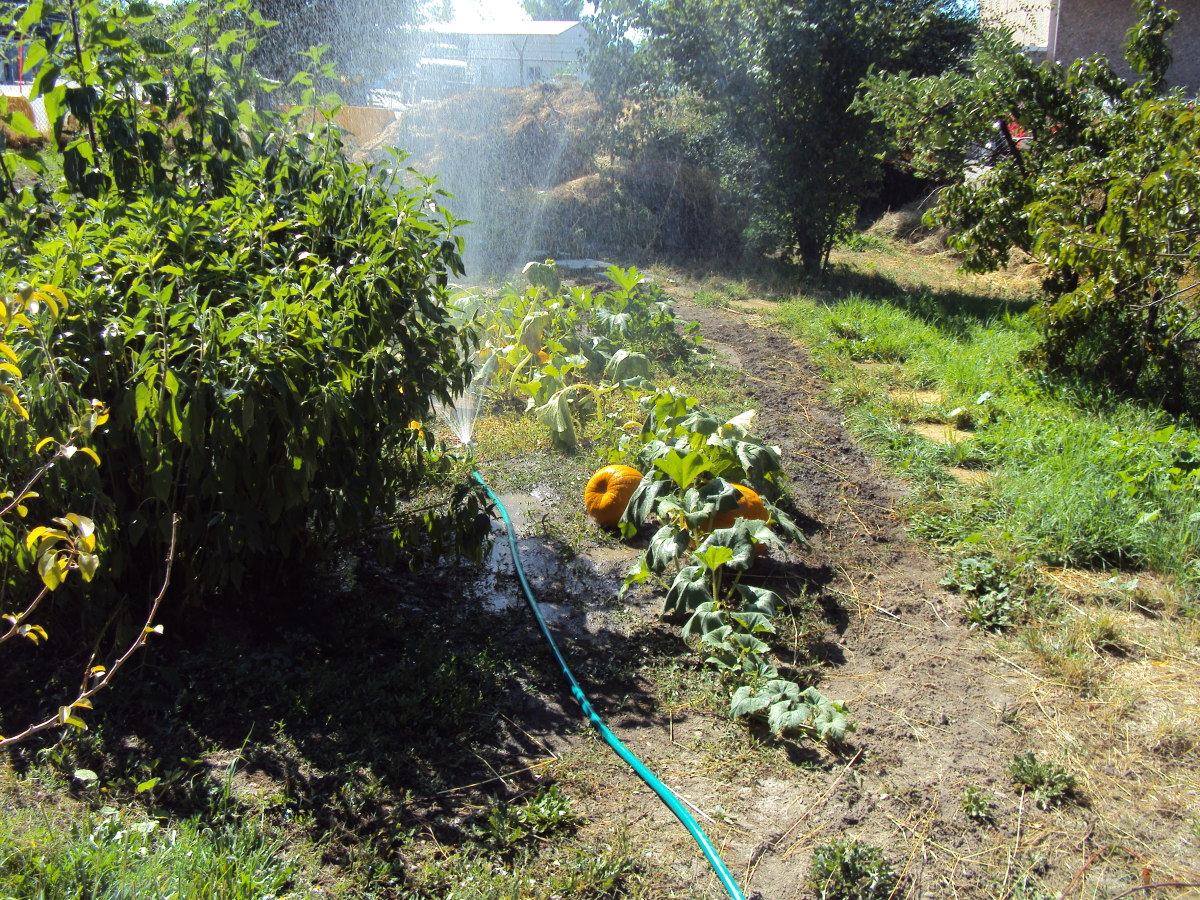
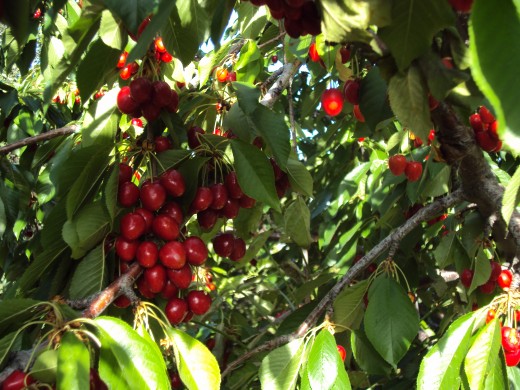
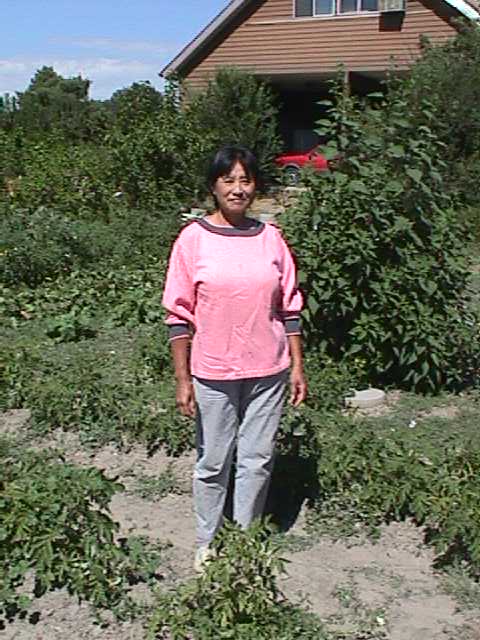
Tips and Help for planning before we plant....
There are many fine Hubs here on HubPages for lots of suggestions both general and specific on preparing for this year's gardens, but I want to suggest some great books available from your local library and inexpensively from amazon:
ILLUSTRATED GUIDE TO GARDENING
Reader's Digest Books 672 pages 1978
GARDENING INDOORS WITH HOUSE PLANTS
Rodale Press 266 pages 1974
AMERICA'S GARDEN BOOK
Scribners 1,242 pages 1958 and newer revised editions
FLOWERS WHEN YOU WANT THEM
Hawthorn 267 pages 1977
GETTING THE MOST FROM YOUR GARDEN
Rodale Press 482 pages 1980
BACKYARD FRUITS & BERRIES
Rodale Press 306 pages 1984
SQUARE FOOT GARDENING
Rodale Press 347 pages 1981
Other sources for keeping up-to-date on the newest and the best varieties for this year's gardens can be obtained free (or at modest cost) from your county extension service, usually affiliated with a local university. Many are online at no cost, along with spraying schedules for fruit and nut trees, including the best sprays to use.
So, time is getting short. If you haven't already planted seeds you will later transplant into pots, or directly into a garden, it isn't too late to purchase good, fresh seed packaged for this year. You can still plant some of last year's left over seeds, but try germinating them now rather than plant a patch and find poor germination after lots of wasted effort.
When it comes to planting, planning makes it easier:
Much of the secret of outdoor gardening is soil preparation and knowing the limitations of the climate, the prepared soil, and your plants' needs for moisture and nutrients.
While indoors we can control temperature, the humidity, and the amount of sunlight we give our plants, outdoors our only control over these factors comes from shading, planting at the right season, and our control of supplemental watering and nourishment.
Outdoor gardening also faces other problems not usually encountered indoors: bugs, animals, and pests such as the fairly ubiquitous slugs.
Check to know your last date of killing frost in your locale. It will govern your planting. Also know the earliest date and average date of killing frosts in the fall. Knowing these dates gives you your growing and harvesting season. While I have 125 days between the last frost in the spring and the typical first frost in the fall, the number of days in your area will determine what seeds need to be started indoors for transplanting and what seeds can wait for planting directly in the garden. It also helps when determining what seeds can be planted in late summer and still have time to be harvested before the killing frosts of fall.
Another factor which determines how quickly your crops will grow is soil temperature, as rooting occurs best when your soil temperature reaches 45-50 degrees Fahrenheit at the depths recommended for planting particular seeds.
One method of preserving moisture, shade, and early warming of the soil is the use of a variety of plastic coverings to mulch, let in more light, allow moisture to penetrate, or retard weeds. Any good gardening center can help you know which types are appropriate for your needs in various portions of your garden.
Soil testing is probably available in your area and is done by digging one foot deep holes on a rough diagonal of your garden plot, mixing the soil from the holes and allowing it to dry. Providing the testing facility with a jar of the mixed and dried soil will permit testing that will define your soil's Ph, salinity, lime, texture, and PK and what those factors mean you can and should do to increase your likelihood of a maximum yield for your efforts this year.
I have found that with good soil and proper moisture supply, most plants can be planted somewhat closer than the recommeneded 'space between rows' and certain plants are actually mutually supportive of good growth and fruiting, while others should be planted in sepearate areas of your garden. A good gardening book will define the differences.
A key to a garden that serves your needs best is a good garden plan. I like to take a suitably large piece of paper, draw my garden to scale, and list at the bottom the vegetables I want to have in the garden. Then I fill in the rows and spaces as I want them planted, allowing enough space for growth and movement between the rows.
I also remind myself that plantings for such vegetables as lettuce, spinach, peas, corn, and radishes may want staggered plantings so that I have production throughout the gardening season and avoid having for example to eat a whole harvest of lettuce at once, while having none for the rest of the summer, etc.
On your map of the garden plot you can put in the depth seeds should be planted and how far apart, as well as the anticipated harvest dates. Doing this part of the planning and reading on a rainy day inside is much better than outside on a hot, sunny day, when your back is already starting to ache, and you are wondering why everyone else in the family isn't out there helping you plant.
Better still, planning ahead allows you to have some local children (even your own) share in planting the garden by putting up string lines for even rows, creating the shallow trench for the seeds, and being able to tell them how far apart and how deep to plant the seeds.
We water the soil at the bottom of the trench, and fertilize as appropriate (remembering to cover the fertilizer with fresh dirt so as not to have the fertilizer burn the seeds). Trench slightly deeper than the recommended depth, fertilize, water in the fertilizer, top with a light layer of fresh dirt, seed the trench to the right depth, cover the seeds and tamp the soil down, if tamping is called for.
The rest is watering as needed, weeding at times, and letting the soil and Heaven do their part of the partnership.
As this is written, it is still too early to plant in most areas of the USA, but it is not too early to read and plan for your best gardening efforts ever!
© 2014 Demas W. Jasper All rights reserved.
Some additional reading you might appreciate:
"From The First Turn of The Soil"
http://perspycacious.hubpages.com/hub/From-The-First-Turn-of-The-Soil
"Seeds For This Year's Garden"
http://perspycacious.hubpages.com/hub/Seeds-For-This-Years-Garden
"Garden Weeds - A Short Lament"
http://perspycacious.hubpages.com/hub/Garden-Weeds
Tips On Container Gardening (See also Hubs on Home/Gardening)
http://hubpages.com/topics/home/gardening/container-gardening/6500
More On Planning Your Outdoor Garden
http://billybuc.hubpages.com/hub/Planning-Your-Backyard-Farm-For-A-Self-Sufficient-Lifestyle





